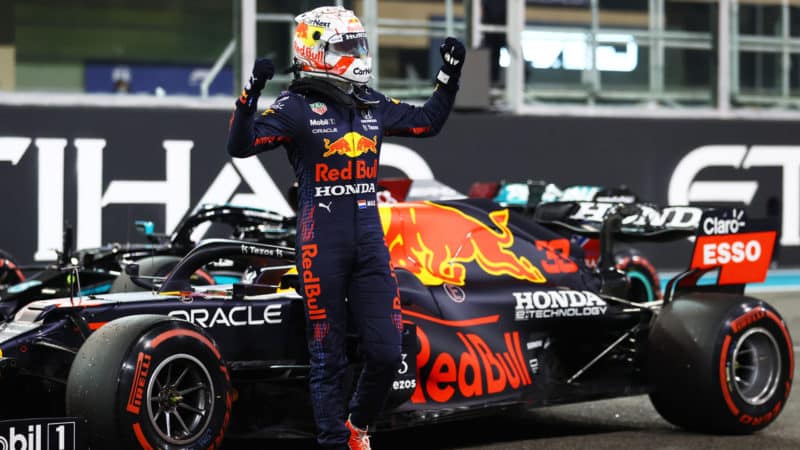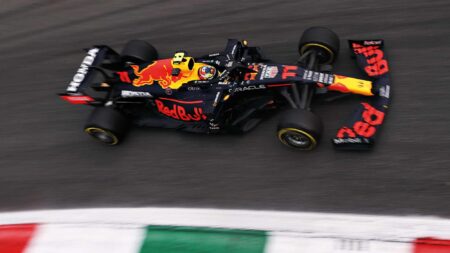Fast forward to the tough decisions some companies were having to make in 2020, when the Covid pandemic was an enormous challenge but wider social issues had also come to the fore, and Honda decided it was time to leave F1 once again. Only this time, it was going to have one last crack at success and time its exit just over 12 months later.
It came as a surprise and a disappointment to many, including the managing director of Honda Racing Corporation’s (HRC) automobile racing development division Yasuaki Asaki. Retiring this year and leaving the company, he admitted earlier this week that he had only been informed of the decision to leave F1 after it had been taken and added he wished he had been looped in earlier to have had an influence.
It’s not a comment that was totally out of step with others within the F1 project, who felt Honda was really building something and that all of the tough years — and let’s not forget just how damaging the McLaren spell was — were finally going to prove to be worth the pain.
Fast-tracking new technologies and approaches for the 2021 power unit, Honda at least had managed to bring a number of its plans to fruition on an extremely tight deadline, doing so throughout the year and ensuring it would bow out on a high with Max Verstappen’s first title.

2021 success with Red Bull came after Honda announced it would be leaving F1
Bryn Lennon/Getty Images
But success is so tough to walk away from, and just over 12 months later we’ve seen Honda branding return to the sides of the Red Bull and AlphaTauri cars, and now the power units being renamed as Honda RBPT (for Red Bull Powertrains) from 2023 onwards in order to reflect the fact that the IP and technology was developed by Honda, and the manufacturing facilities are still heavily utilised too.
After Red Bull strongly lobbied for the power unit freeze until 2026 in order to take over the running of the Honda PU, some fans have taken this week’s development as a further step in a carefully planned-out strategic game, seeing an advantage locked in for Red Bull as it continues to work with a supplier that hasn’t really left the sport.
Both Red Bull and Honda are losing a good thing based on current form
The logic behind that is pretty clear to see, to be fair. Red Bull set-up a powertrains division where it could second personnel amid the cost cap restrictions, just like its main rivals at Ferrari and Mercedes. But so much of Honda’s input still exists as it did when it was a straight constructor-supplier agreement.
Where that theory is weakened is around what was said for 2026 onwards. Honda – under HRC – has signed up to be a manufacturer under the new regulations, but despite FIA claims that all six signatories will be building power units it has not yet committed. Just like its recent developments have shown, it’s not sure what to do.
For a company with the overall goal of carbon neutrality, announcing it was diverting resources to other projects when it first stated it was leaving F1 is a tough decision to turnaround. It confirmed this week that it had “shifted a great amount” to carbon neutrality, leaving enough to operate that power unit but not develop a brand new one. And development is what 2026 will require, even if those new regulations do align with Honda’s wider goals.
Red Bull was obviously fully aware of the uncertainty as it pursued other partners to work with for the new era of power unit. Alongside its own investment, it wanted support from the outside and given the recent success – or dominance as it became in 2022 – you’d have thought Honda would be top of its list. Instead, it informed the Japanese manufacturer it would be focusing on other options and eventually settled on a collaboration with Ford.



